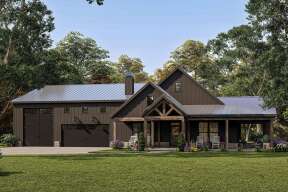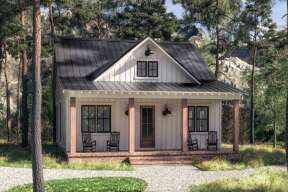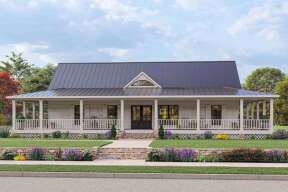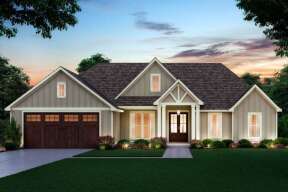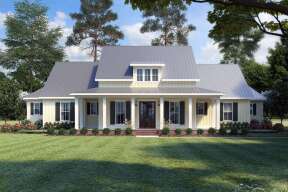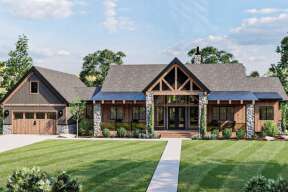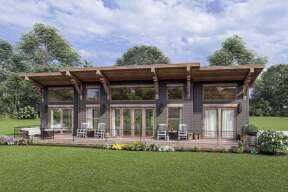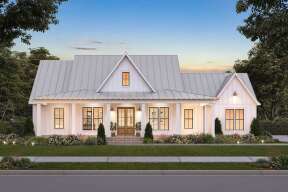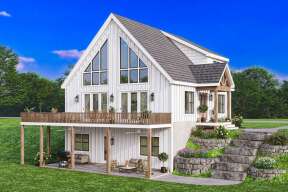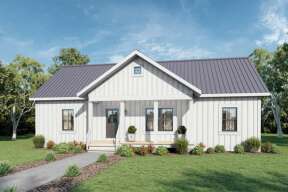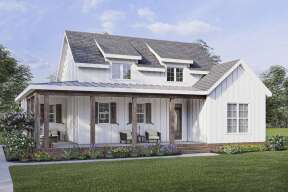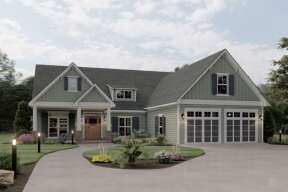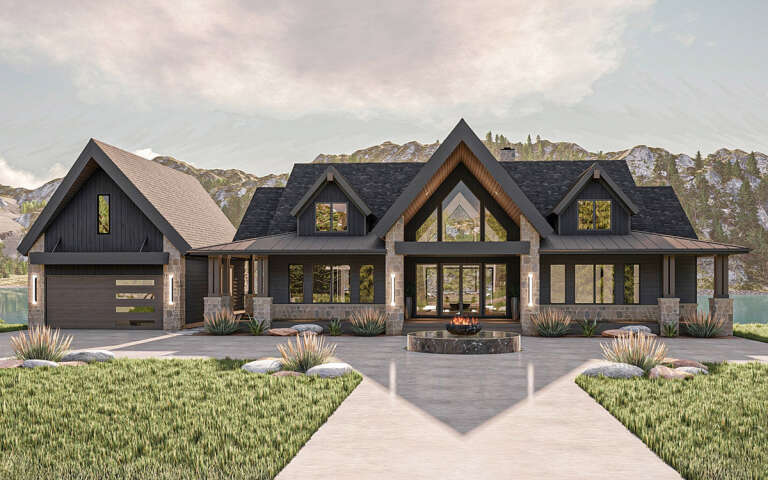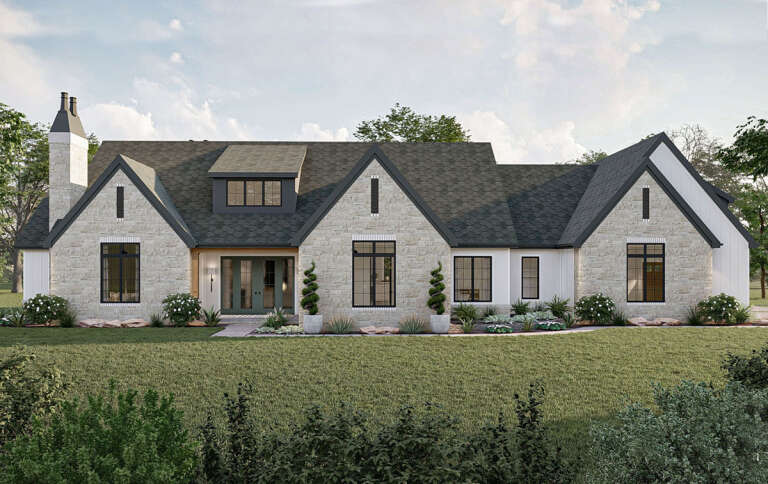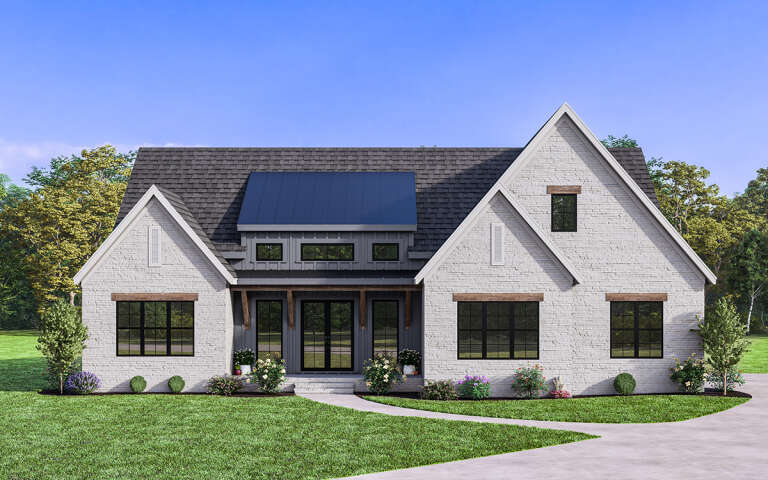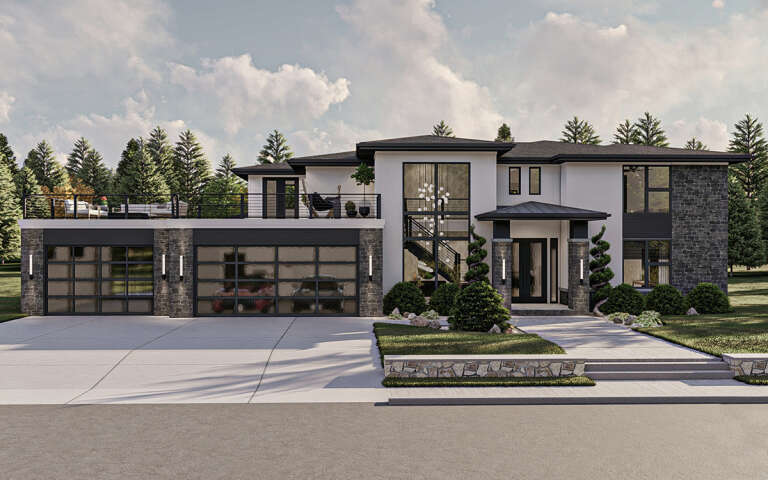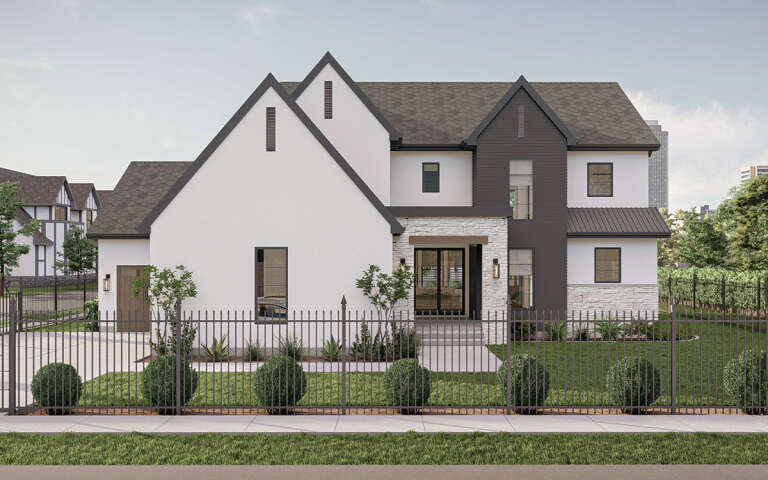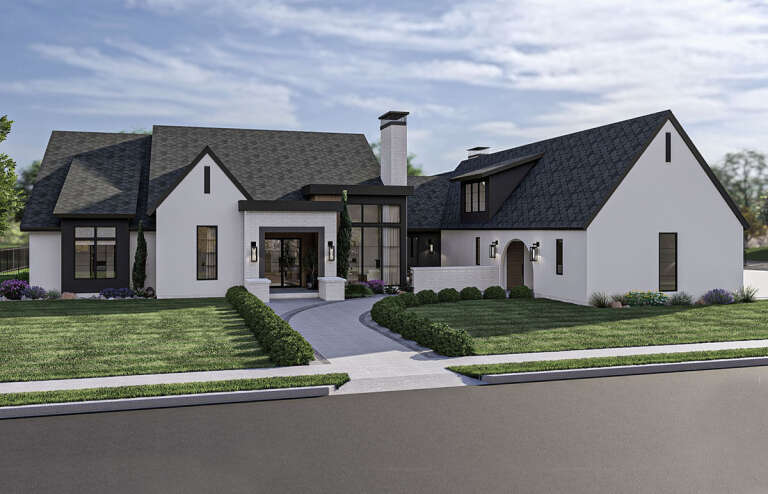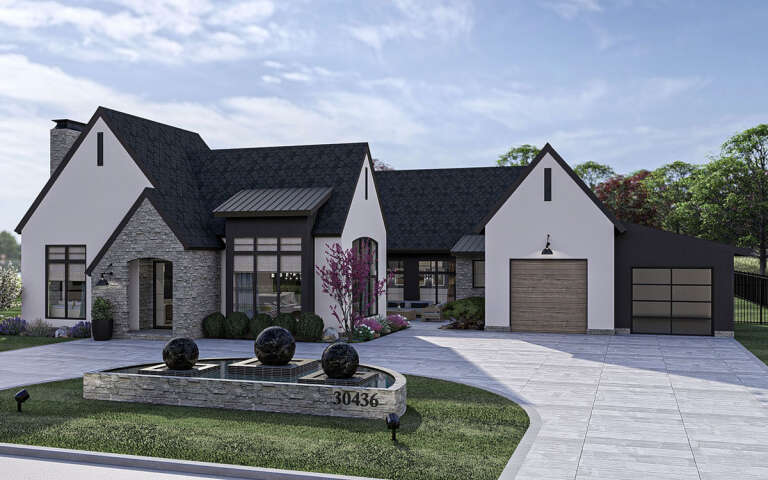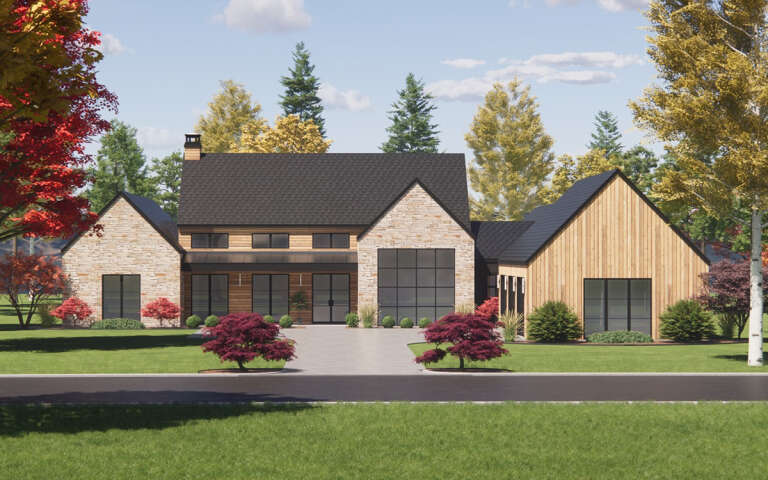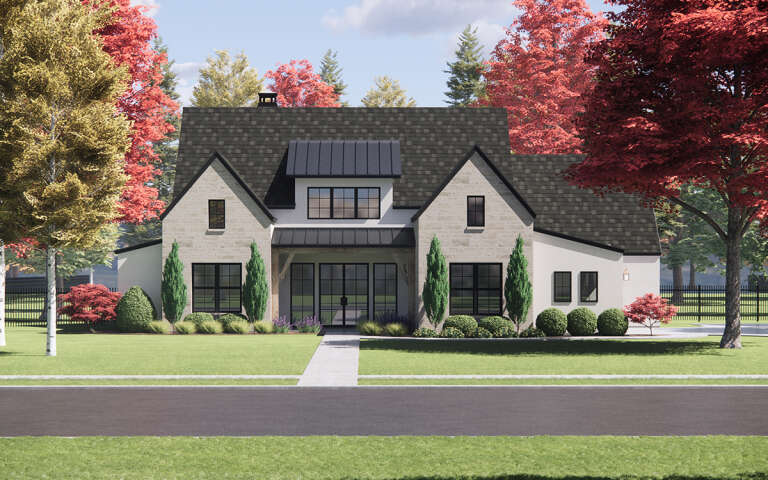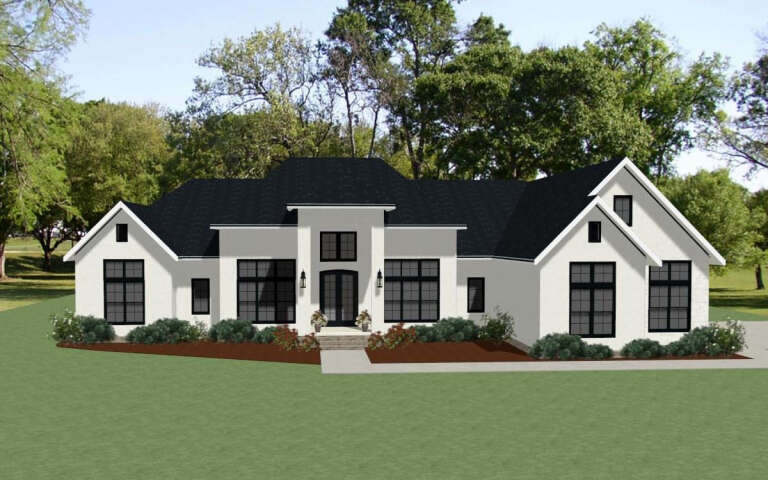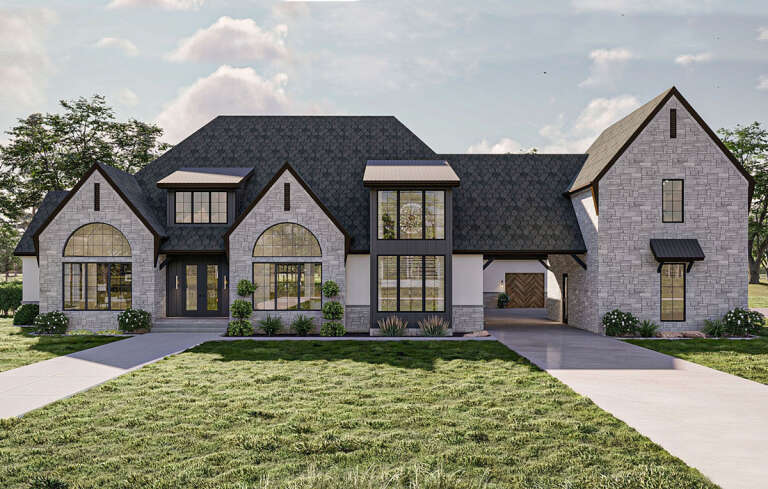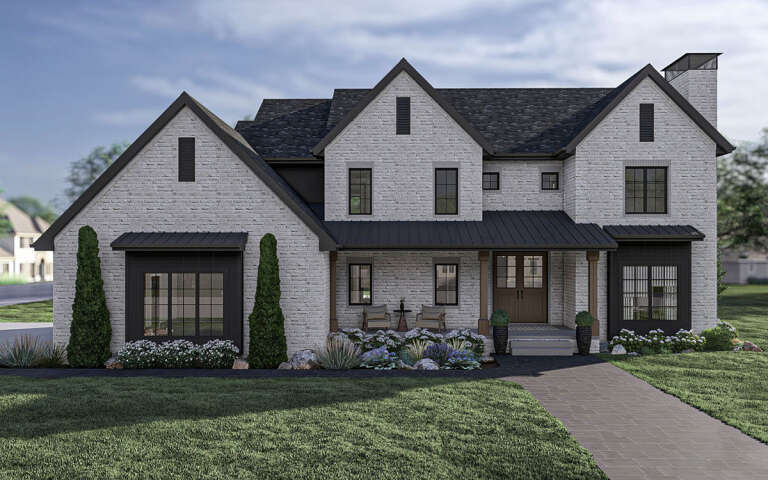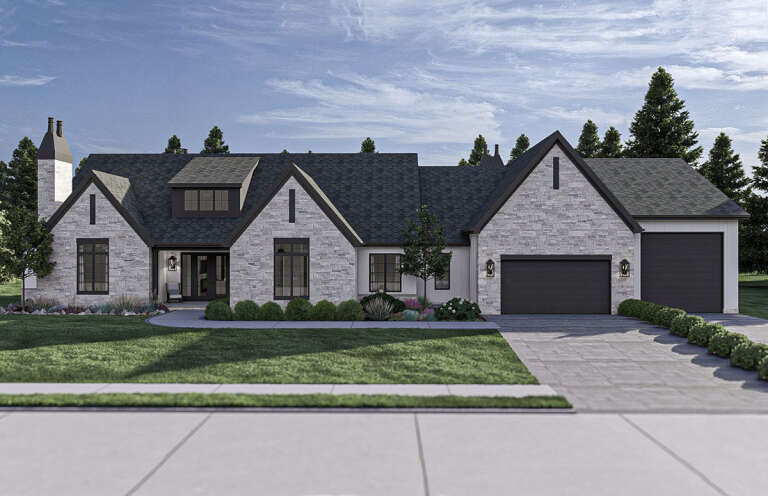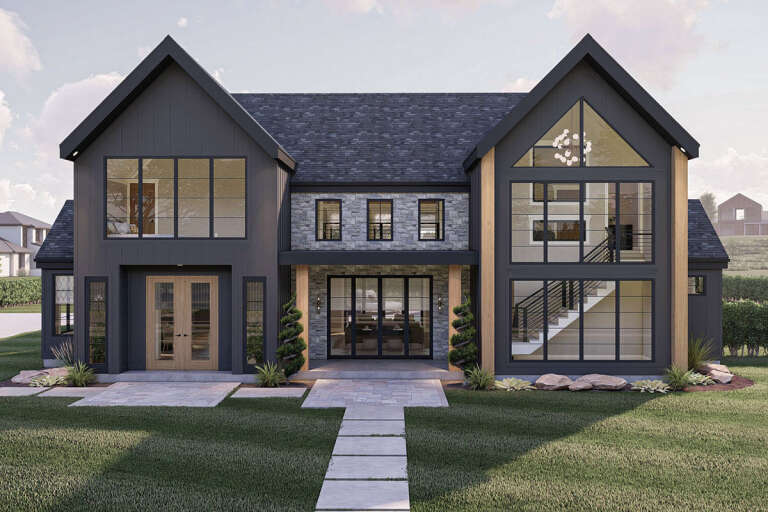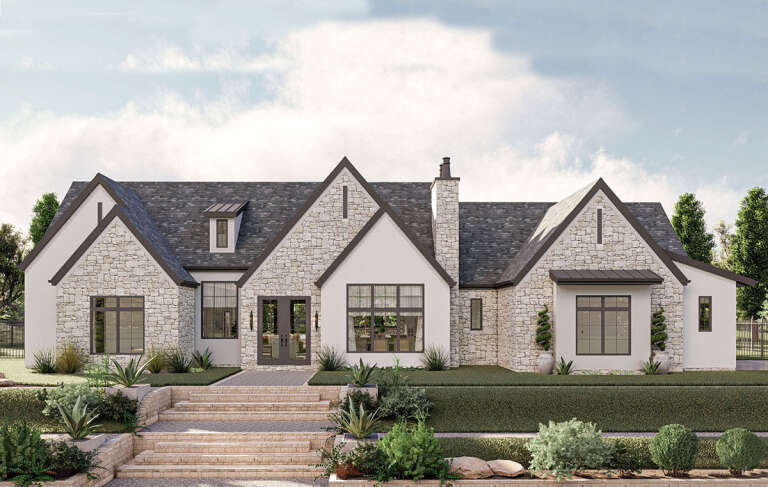104 Results
Modern Transitional FAQ
What is a transitional house plan?
Transitional house plans combine traditional and contemporary design elements to create a unique, balanced blend of both styles. When looking at transitional house plans, you might recognize some features in a traditional farmhouse-style home, such as horizontal siding, an asphalt shingle roof, or even dormers. But this new style combines those with more modern design features such as angled wood siding, varied roof heights, and metal roofing.
What is a transitional architectural style?
Whereas traditional architectural style focuses on separated, closed-off living spaces with rich textures and materials, the modern architectural style is sleek and sparse with open-concept layouts. Transitional architectural style combines the best of both worlds from both design styles to create inviting, family-friendly spaces yet still feel contemporary and updated.
What is the modern transitional style?
Modern transitional house plans draw from some of the rich, inviting features used in more traditional house plans and incorporate them into the floor plan. Modern transitional style features warm, neutral palettes, abundant natural lighting, and open floor plans commonly associated with contemporary floor plans.
What is a transitional farmhouse?
Transitional farmhouse house plans differ from traditional farmhouse house plans in subtle ways that may not immediately be noticeable to the untrained eye. Where the traditional farmhouse style offers a lived-in feel designed with functionality in mind, the transitional farmhouse elevates the cornerstone elements of farmhouse design. Features such as natural colors and materials, textures like rattan and burlap, and wood flooring and countertop take center stage in transitional modern farmhouse house plans. They are given a more sleek, sophisticated feel.
What is the difference between modern and transitional?
The main difference between modern and transitional house plans is that modern house plans can be their stand-alone style. However, modern is only a part of the design in transitional floor plans, which incorporate traditional design elements.
What is the difference between traditional and transitional styles?
Like the description above, the difference between traditional and transitional floor plans is that, while traditional house plans are their own defined style of home, transitional floor plans include design features from both traditional and modern/contemporary home design.
What is a transitional-style home exterior?
The exterior of a transitional house plan can be exciting with mixed styles, designs, and materials! Crisp, white siding, stained stone, or brickwork nestle nicely next to gorgeous natural wood siding, floor-to-ceiling windows, and naturally sloping roofs to create visually stunning exteriors.


